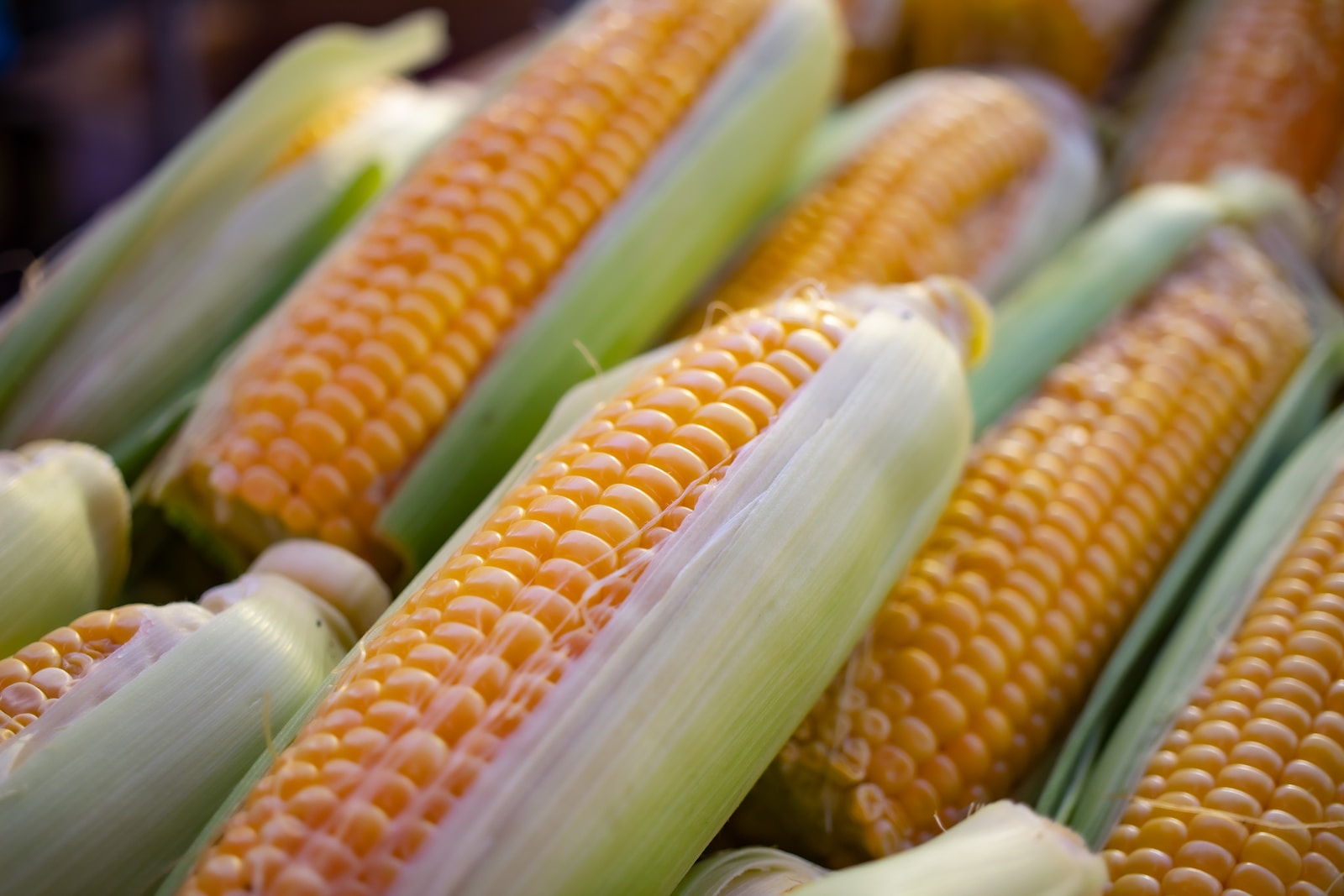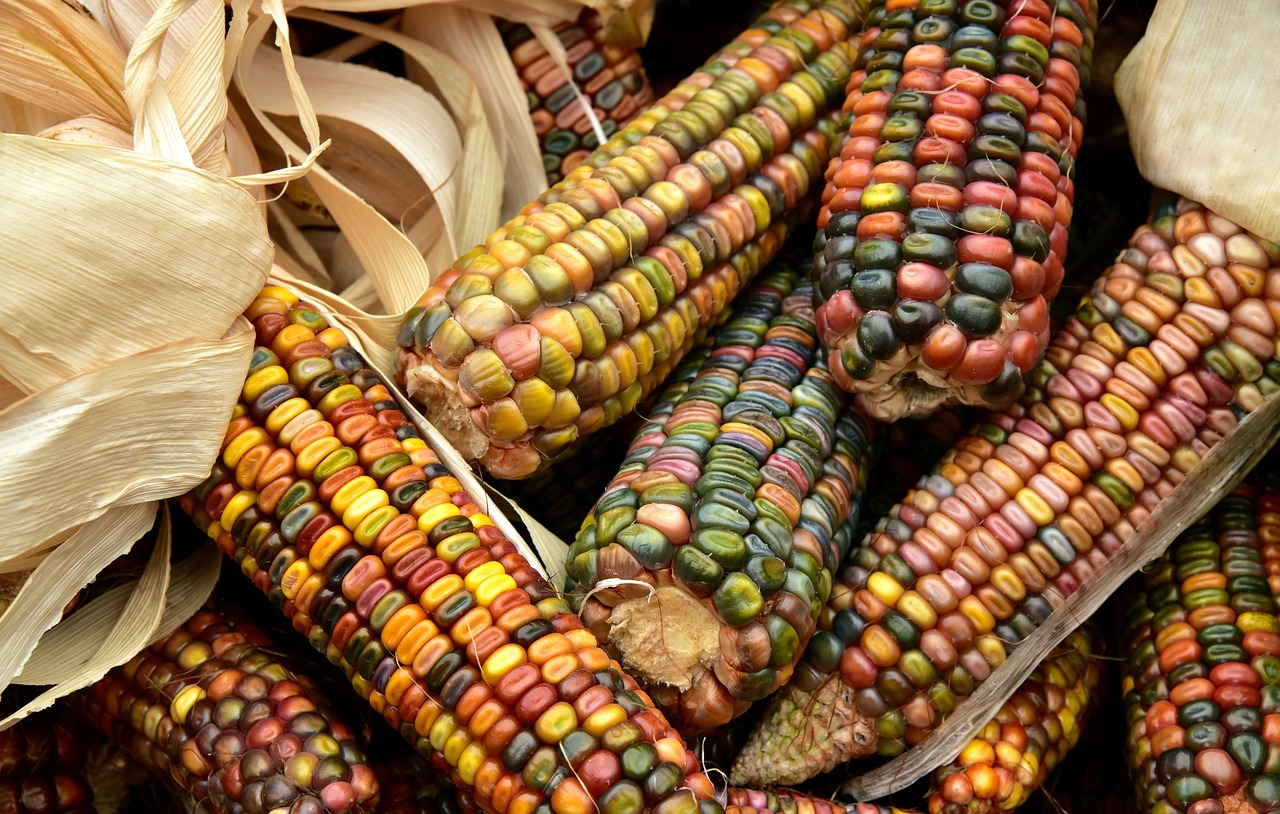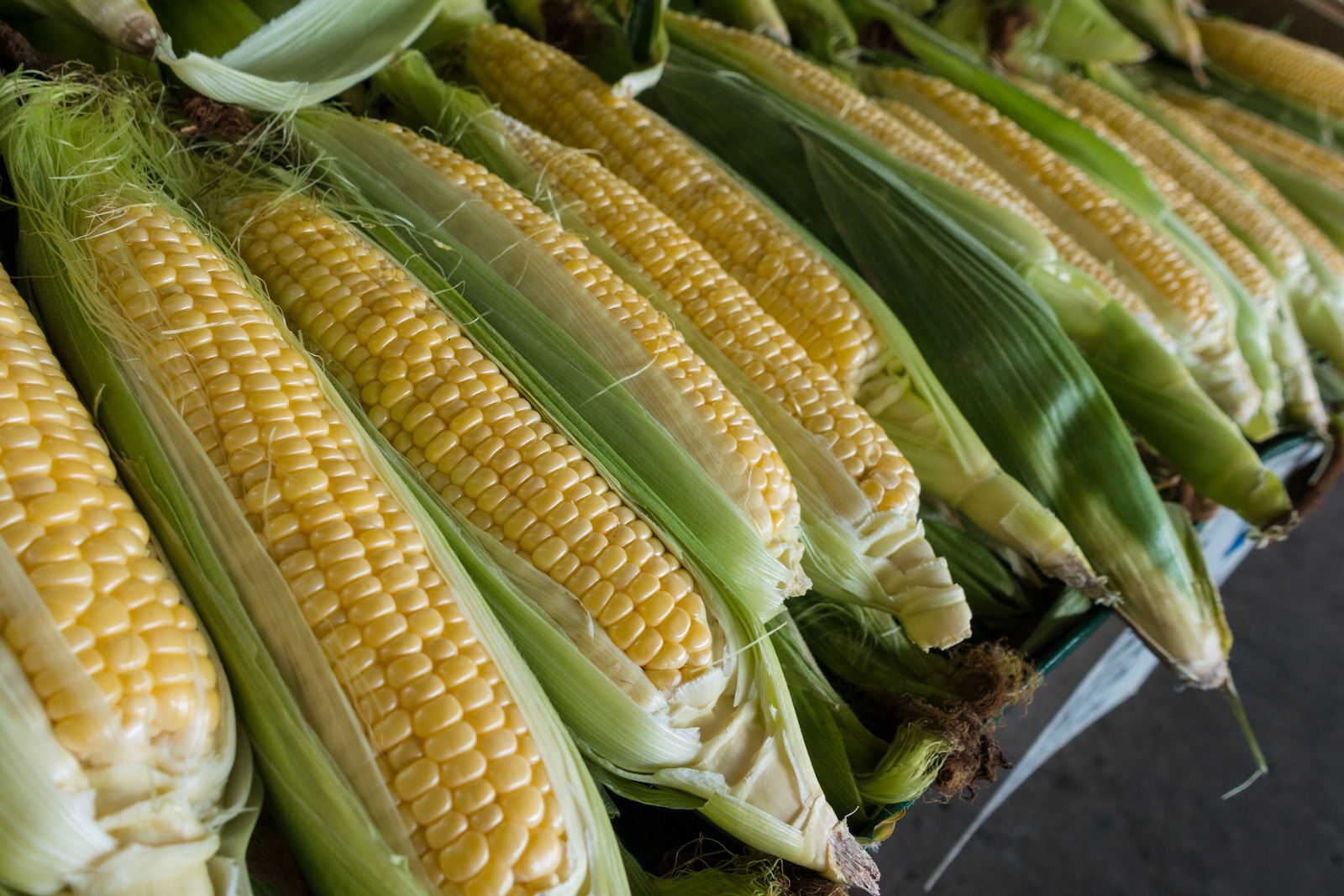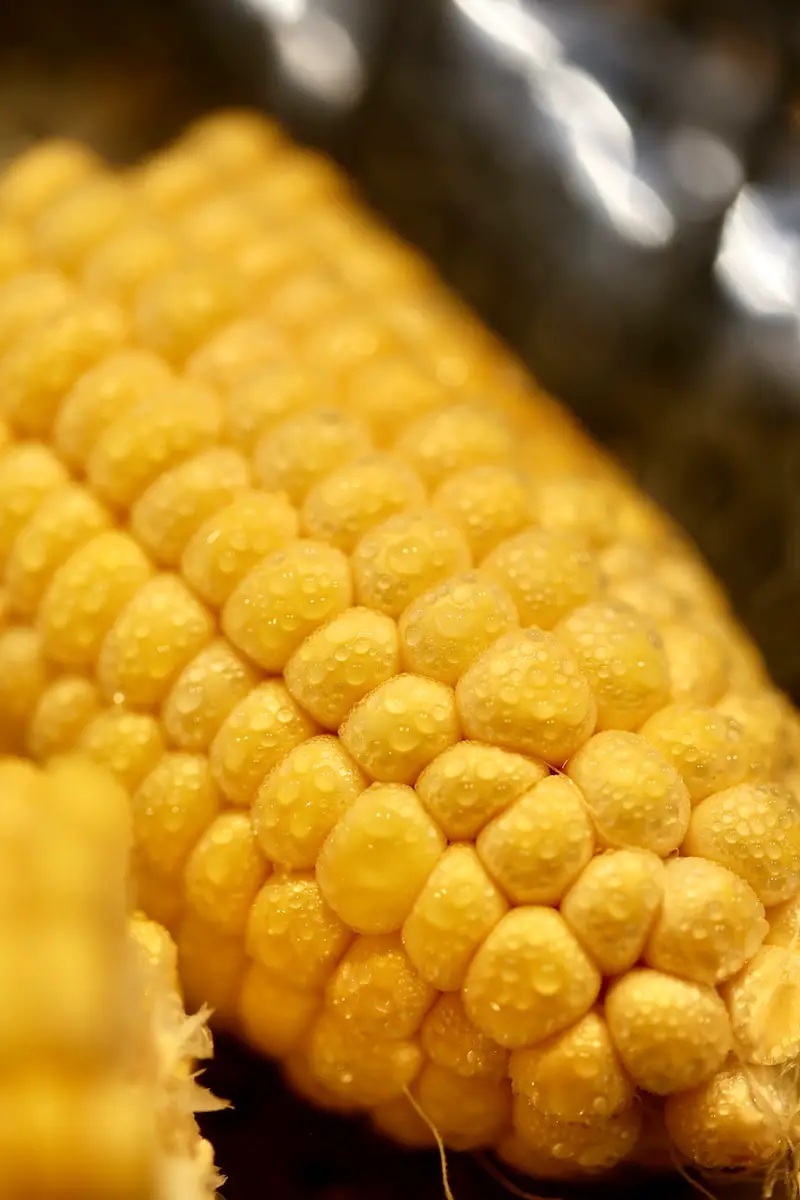
Corn is a popular vegetable that is enjoyed all over the world. It is a versatile ingredient that can be used in a variety of dishes, from salads to soups. However, like all perishable foods, corn can go bad if it is not stored properly or if it is past its prime. In this article, we will discuss how to tell if corn is bad and what to do if you find that your corn has gone bad.
One of the main ways to tell if corn is bad is to look at its appearance. Fresh corn should have bright green husks that are tightly wrapped around the cob. The kernels should be plump and evenly spaced, and they should be a bright, vibrant yellow color. If the husks are dry and brown, or if the kernels are shriveled and discolored, it is a sign that the corn is past its prime. Another way to tell if corn is bad is to smell it. Fresh corn should have a sweet, slightly grassy aroma. If the corn smells sour or moldy, it is a sign that it has gone bad.
Table of Contents
Identifying Bad Corn

When it comes to corn, it’s important to know how to tell if it’s bad. Spoiled corn can cause food poisoning, so it’s important to be able to identify it before consuming it. Here are some ways to identify bad corn:
Smell Test
One way to tell if corn is bad is by using your sense of smell. If the corn has a rancid smell, it’s likely spoiled. However, if the corn has a normal corn smell, it’s likely still good.
Visual Inspection
Visual inspection is another way to identify bad corn. Check the husk for any brown kernels or red spots, as these can be signs of mold or rot. Look for missing kernels and check the texture of the kernels. If they are slimy or mushy, the corn is likely spoiled.
Texture Test
The texture of the corn can also be an indicator of spoilage. Fresh corn should be firm to the touch and plump. If the kernels are soft or mushy, the corn is likely spoiled.
Taste Test
Although not recommended, a taste test can also be used to identify bad corn. If the corn has a sweet flavor, it’s likely still good. However, if it tastes rancid or off, it’s likely spoiled.
Effects of Consuming Bad Corn
Consuming bad corn can lead to food poisoning, which can cause diarrhea, vomiting, and gastric distress. Those with food allergies should be especially careful when consuming spoiled corn.
Signs of Spoilage in Cooked Corn
Leftover cooked corn can also spoil. Signs of spoilage include a slimy texture or a rancid smell.
Signs of Spoilage in Corn on the Cob
When it comes to corn on the cob, check the husks and silk for any signs of spoilage. The presence of mold or corn earworms can be a sign that the corn is bad.
Signs of Spoilage in Fresh Corn
Fresh corn should be consumed within a few days of being harvested. Signs of spoilage in fresh corn include a slimy texture or a rancid smell.
Signs of Spoilage in Frozen Corn
Frozen corn can also spoil over time. Signs of spoilage include a change in texture or a rancid smell.
Knowing how to identify bad corn is important for food safety. By using the methods outlined above, you can ensure that you only consume healthy vegetables and avoid the risk of food poisoning.
Storing Corn Properly

Storing Fresh Corn
If you want to store fresh corn, it’s best to keep it in the refrigerator. Corn can last for up to five days when stored properly. You can store it in an airtight container or a plastic bag in the crisper drawer of your refrigerator. Make sure that the corn is still in its husk as this will help to keep it fresh.
Storing Cooked Corn
If you have leftover cooked corn, you can store it in an airtight container in the refrigerator. It will last for up to three days. If you want to store it for longer, you can freeze it.
Storing Corn on the Cob
If you want to store corn on the cob, you can keep it in the refrigerator. It’s best to store it in its husk to help keep it fresh. You can store it in an airtight container or plastic bag in the crisper drawer of your refrigerator. It will last for up to five days.
Storing Frozen Corn
If you want to freeze corn, you should first blanch it. This will help to preserve its quality. Once it’s blanched, you can store it in an airtight container or plastic bag in the freezer. It will last for up to eight months.
When storing corn, it’s important to keep it in a cool, dry place. If it’s exposed to air, it will dry out quickly and lose its flavor. By following these simple tips, you can extend the shelf life of your corn and enjoy it for longer.
Preventing Corn from Going Bad

Cooking Techniques
Cooking corn properly can help prevent it from going bad. Boiling corn in water or microwaving it with a little bit of water can help kill any bacteria that may be present. Blanching corn in boiling water for a few minutes can also help preserve its freshness.
Shopping Tips
When shopping for corn, look for ears that have fresh-looking husks and silk. Choose ears that are heavy for their size and avoid those that have brown or slimy spots. It’s also best to buy corn during its peak season, which is typically from May to September.
Proper Handling
Proper handling is key to keeping corn fresh. Store corn in the refrigerator in an airtight container or plastic bag. Keep unhusked corn in the crisper drawer, and store husked corn in the main compartment of the refrigerator. Make sure to keep the refrigerator temperature at 40°F or below.
Freezing Corn
Freezing corn is a great way to preserve it for later use. To freeze corn, blanch it in boiling water for 4-5 minutes, then immediately transfer it to an ice bath to stop the cooking process. Once cooled, remove the kernels from the cob and store them in an airtight container or plastic bag in the freezer.
Disposing of Bad Corn
If corn has gone bad, it’s best to dispose of it properly. Do not eat corn that has a slimy or moldy appearance, as it may contain harmful bacteria. Composting is a great way to dispose of bad corn, as it can help enrich soil for future gardening.
Overall, proper handling, cooking techniques, and storage can help prevent corn from going bad. By following these tips, you can enjoy fresh corn all season long. It’s also important to be aware of the signs of bad corn, such as a slimy or moldy appearance, and to dispose of it properly to avoid any potential health risks.